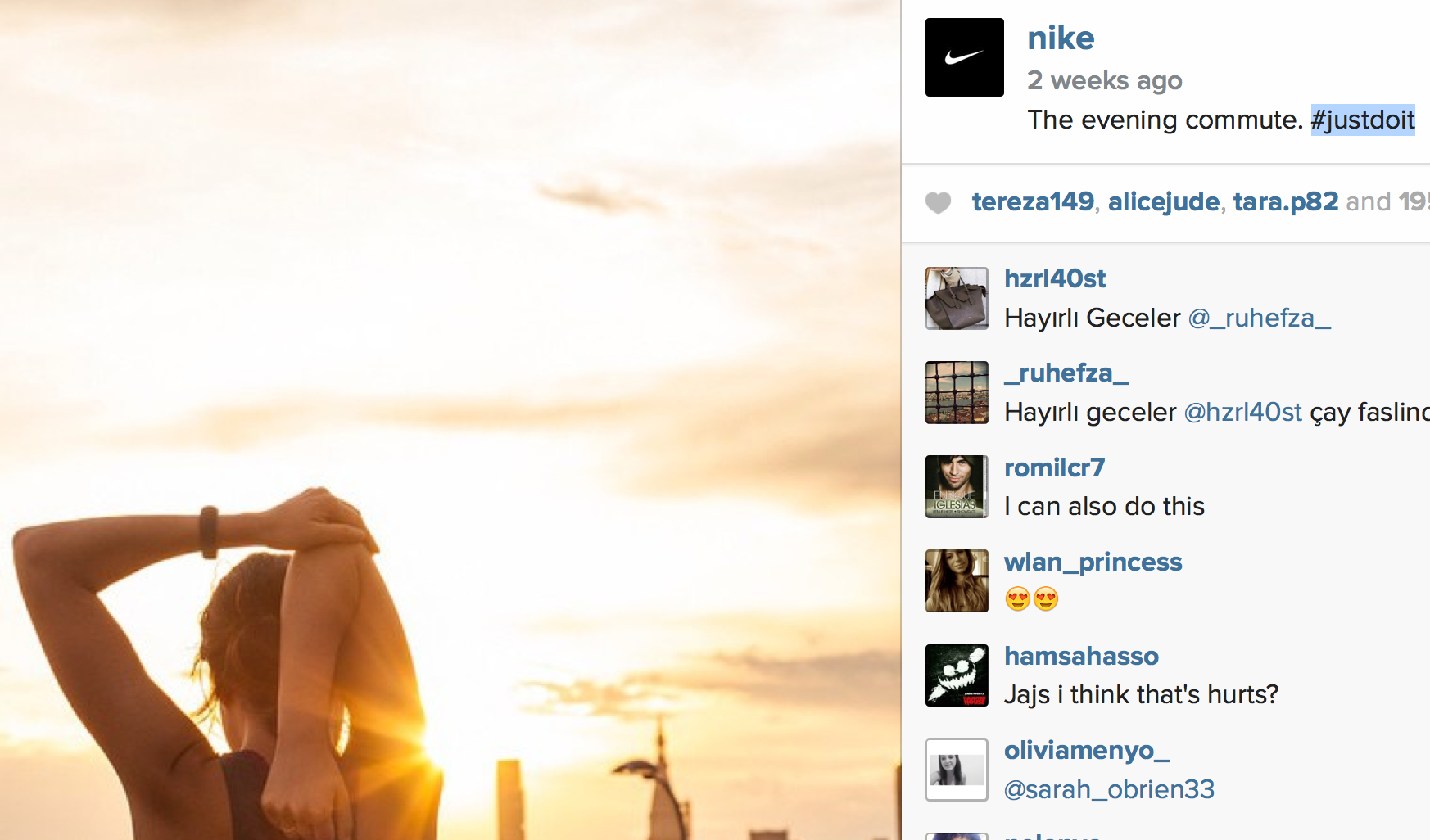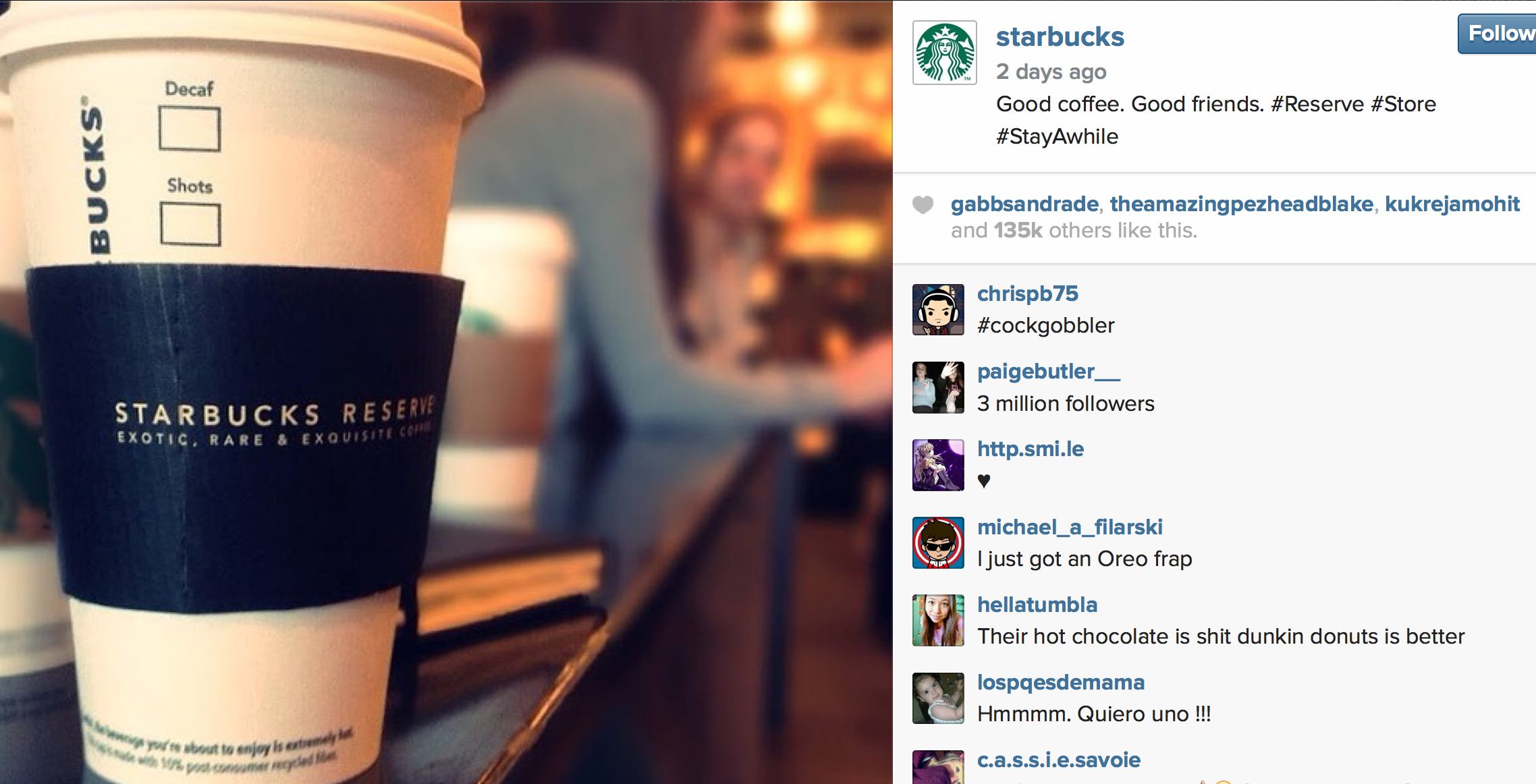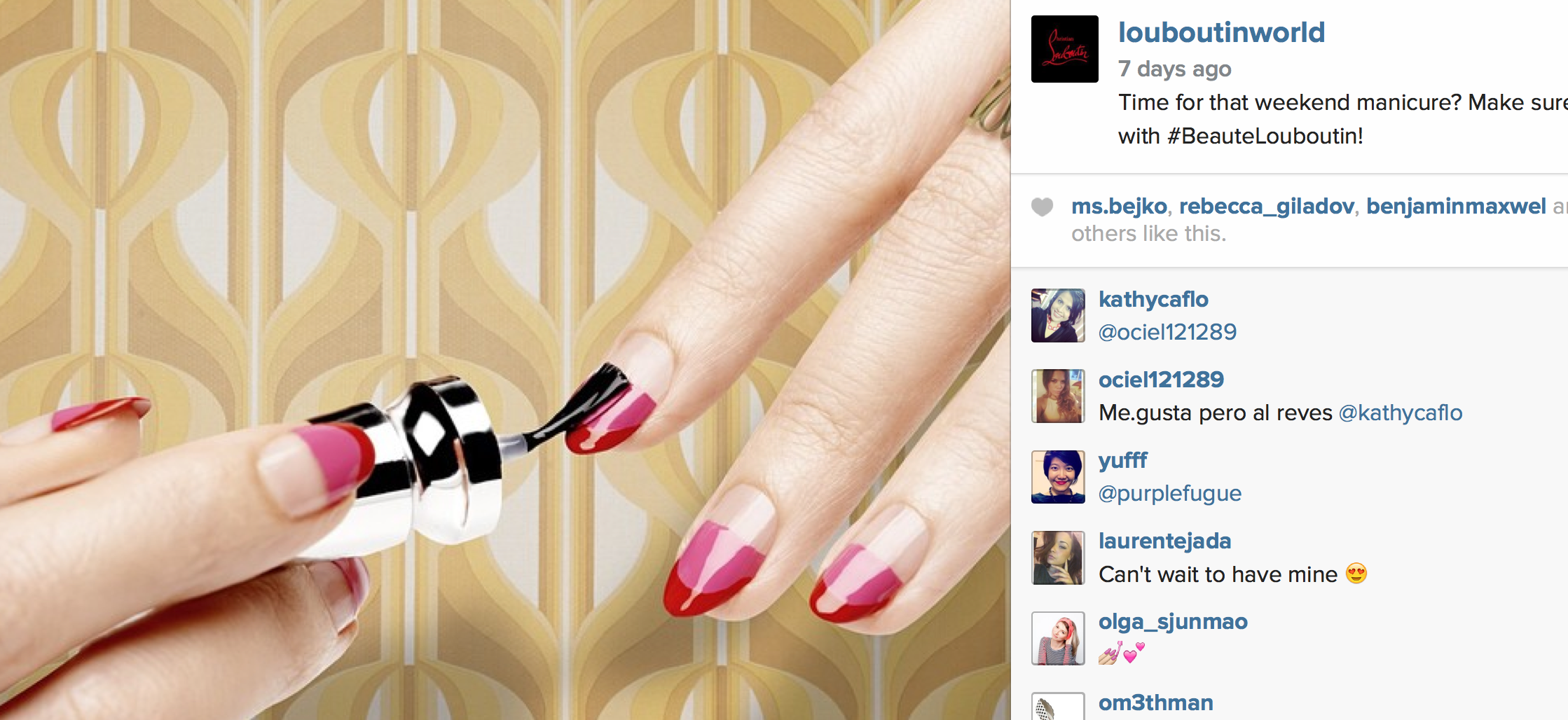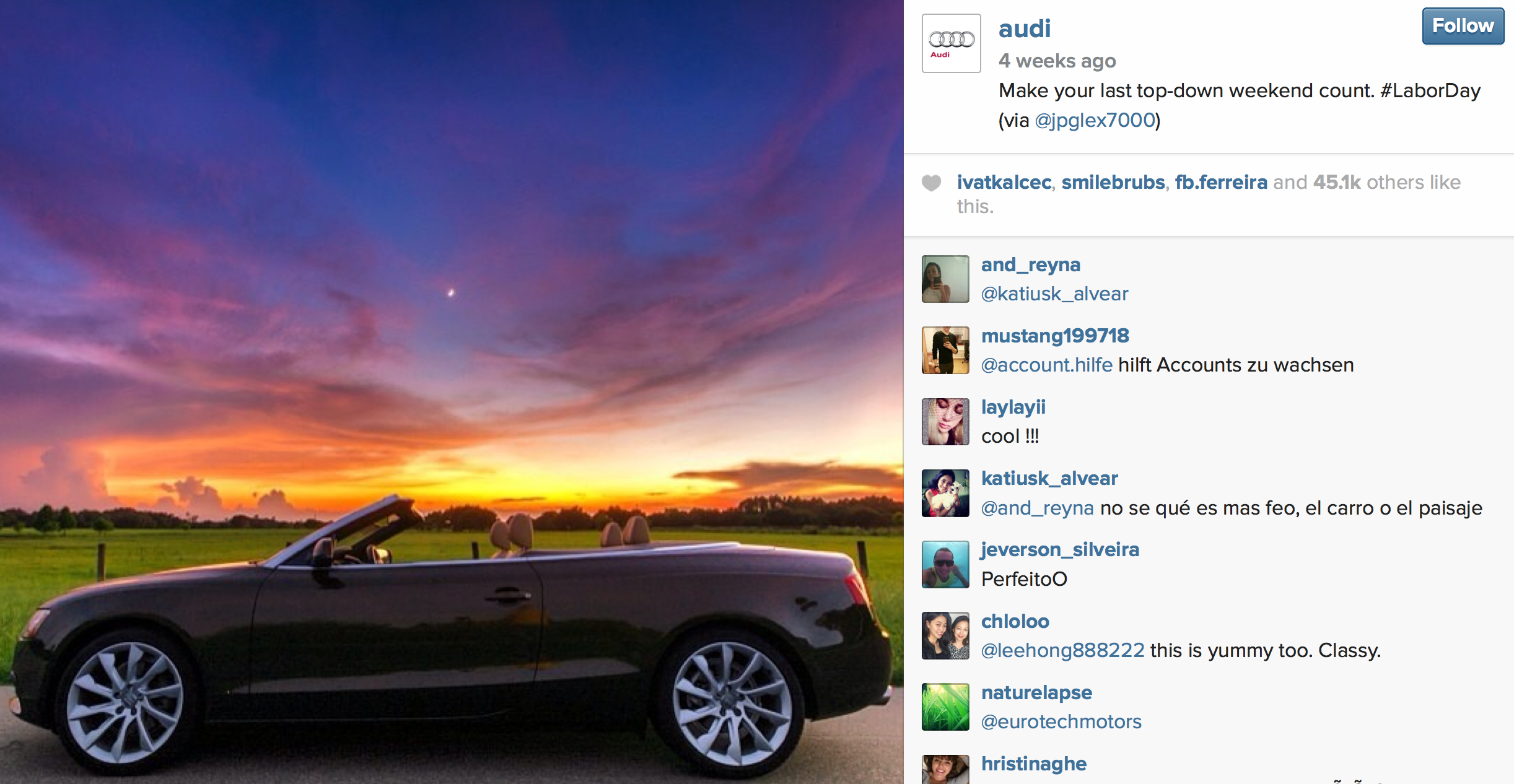Hashtags are pretty much a permanent feature on the Internet now. We use them on social networks, and even on sites where they don’t work the way they were intended. That is just a part of the overall appeal… they have multiple purposes, one purpose decided through popular culture and the way users decided they wanted to apply it.
While being around for ages, Instagram seems to really pick up in marketing circles only now. If you are using Instagram for your business, embracing the solid hashtagging strategy is a must.
Let’s take a detailed look into hashtags, and how they work there.
What Are Hashtags?
For the uninitiated, hashtags are a way of grouping together posts to make them easily search-able, or bring up other posts that include it. If you click on a hashtag on Twitter or Google Plus, for example, you will bring up recent posts that have used the same one. This helps improve the chances of a hashtag going viral.
When a hashtag does reach viral status, it can become the face of a brand, campaign or event. This makes it an extremely important marketing tool, and so has made waves in certain circles such as non-profits. They can use a hashtag to bring attention to a cause, like the recent #WhyIStayed campaign for domestic abuse.
Of course, this can backfire. So hashtags should be used carefully.
Where Did Hashtags Come From?
Many people credit Twitter with the original use of the hashtag, and it is true that it is the first time it was used int hat context. But the origin of mainstream use actually goes back to IRC, when the # symbol was used to create chat rooms.
When Twitter adopted the method, it was due to the need to give users a way to search for posts. Grouping them under hashtags was seen as a convenient way, thanks to the live search feature that was unique to the microblogging platform.
Since then, it is used for its original purpose, as well as to provide context and asides in conversations.
How Does Instagram Use Hashtags?
For Instagram, hashtags are important. Being an image hosting site, it isn’t easy to find what you are looking for based on the image alone. Metadata will only get you so far.
To better narrow results, Instagram has text boxes that allow you to write descriptions that can include hashtags. This makes your pictures more likely to be seen by those looking for related content. By clicking on a hashtag, you generate multiple results of similar images.
Not only is this convenient for users, but for those who upload photos. Instagram has become hugely popular for brands, as a result.
Brands That Use Instagram
Nike
Nike is doing a great job promoting their well-know #justdoit hashtag on instagram.
Unlike many brands, Nike doesn’t use their Instagram to create a look book of products. Instead, they try to inspire the viewer to be active. Sports and fitness photos dominate, and they end up being re-shared often. Including on other sites like Pinterest, where people choose to create inspiration boards of their own.
Starbucks
Yep, the ‘bucks has an Instagram page. They dedicate it to shots of their product in different situations, but always with the aim of making their coffee and other beverages look trendy and hip. Given the more than three million followers, it has paid off. Starbucks is one of the most popular accounts on Instagram.
Louboutin
Unsurprisingly, the fashion industry is one that benefits the most from Instagram. They can create elaborate photo campaigns with new lines, fashion shows, and more. Louboutin has a heavily engaged fanbase there, and their images are shared almost constantly.
Audi
Audi’s sleek photos of their high end cars have always been a hit on Instagram. But lately, they have been incorporating more videos. A medium that too many brands neglect, much to their own detriment.
Tips For Using Hashtags On Instagram
- Limit how many you use. One of the worst things is to overload your post with hashtags. You can use something like thirty in a post, but why would you want to? It looks spammy, and you are casting your net way too wide. Some people will say to use up to five or six, but I think that is still way too many. Two or three is a lot better.
- Keep them related. Remember that DiGornio example above? You don’t want to be on the wrong end of that kind of scandal. So don’t try and use unrelated hashtags for your posts, and instead go with only those that really connect with it. If you are using something ironically, or for the sake of adding context, be careful and make sure you know what way it has been used before. Another example of how this kind of thing can torpedo you was Adam Richman and his now infamous “thinspiration” meltdown. Don’t be that guy.
- Don’t be afraid to get cheeky. Some of the best and most popular hashtags are those that have a sarcastic, humorous or ironic bent to them. On an Internet dominated by millennials and younger, that isn’t a surprise. Don’t be afraid to cater to that tone. It comes off much better than trying to be “cool”. You don’t want to date yourself, your brand, or your account.
- Try hashtag apps! There are a few: Most will track trending Instagram hashtags and suggest you using them for more reach. These include Instatag and TagsForLikes (both are free)
- Save your favorite hashtags in notes. If you notice using some hashtags or (even better) hashtag combinations often, try saving those groups in notes to easier copy-paste next time you need them!
Hashtags are everywhere, and they are here to stay. What are some tips you have to better use them on Instagram? We would love to know, so leave them in the comments!








21 Responses
Thanks Ann. I like your recommendation on using a hashtag app. That helps marketers to build content around trendy hashtags. Another tip is try to use consistent hashtags for the same thing you refer to at different times. This way you will avoid diluting your hashtags.
A Detailed Look Into Instagram Hashtags http://t.co/WilidTLUx0 RT @seosmarty
what do you think? A Detailed Look Into Instagram Hashtags http://t.co/5rynSQE98W
A Detailed Look Into Instagram Hashtags http://t.co/gEAp1yi79Y RT @seosmarty
RT @madlemmingz: A Detailed Look Into Instagram Hashtags http://t.co/gEAp1yi79Y RT @seosmarty
RT @madlemmingz: A Detailed Look Into Instagram Hashtags http://t.co/gEAp1yi79Y RT @seosmarty
A Detailed Look Into Instagram Hashtags http://t.co/PMdCIjefyl RT @seosmarty
A Detailed Look Into Instagram Hashtags http://t.co/OUV5jJg7RD RT @seosmarty
A Detailed Look Into Instagram Hashtags http://t.co/5leWdBQpjS RT @seosmarty
‘A Detailed Look Into Instagram Hashtags’ by @NinjasMarketing http://t.co/HY2bA18PGH
A Detailed Look Into Instagram Hashtags http://t.co/7oXLioKMQ9 RT @seosmarty
Tips for successful hashtagging on Instagram. #funnyisOK #Instagram #socialmediamarketing… http://t.co/a4xGLsUz0q
‘A Detailed Look Into Instagram Hashtags’ by @NinjasMarketing http://t.co/WWvlJ4hVtX
A Detailed Look Into Instagram Hashtags http://t.co/VmaTVuEBv7 RT @seosmarty
RT @apoguy: A Detailed Look Into Instagram Hashtags http://t.co/VmaTVuEBv7 RT @seosmarty
A Detailed Look Into Instagram Hashtags http://t.co/FYIs6EpJde RT @seosmarty
‘A Detailed Look Into Instagram Hashtags’ by @NinjasMarketing http://t.co/W4NOHHPgYb
A Detailed Look Into Instagram Hashtags http://t.co/xG2sTb6iyb @seosmarty
A Detailed Look Into Instagram Hashtags http://t.co/wNoz3lLyzm @seosmarty
‘A Detailed Look Into Instagram Hashtags’ http://t.co/Z04WnFo0lN
A Detailed Look Into Instagram Hashtags http://t.co/7W92ON9edL
Comments are closed.